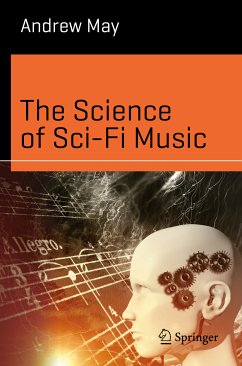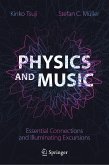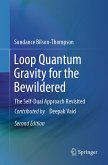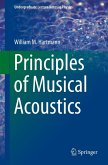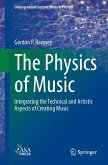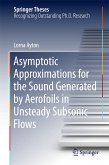Creating electronic sounds, in the early days, required a well-equipped laboratory and an understanding of acoustic theory. Composition became increasingly "algorithmic", with many composers embracing the mathematics of set theory. The result was some of the most intellectually challenging music ever written - yet also some of the best known, thanks to its rapid assimilation into sci-fi movies and TV shows, from the electronic scores of Forbidden Planet and Dr Who to the other-worldly sounds of 2001: A Space Odyssey.
This book takes a close look at the science behind "science fiction" music, as well as exploring the way sci-fi imagery found its way into the work of musicians like SunRa and David Bowie, and how music influenced the science fiction writings of Philip K. Dick and others.
Dieser Download kann aus rechtlichen Gründen nur mit Rechnungsadresse in A, B, BG, CY, CZ, D, DK, EW, E, FIN, F, GR, HR, H, IRL, I, LT, L, LR, M, NL, PL, P, R, S, SLO, SK ausgeliefert werden.
"The book offers a highly accessible and engaging introduction to the science of sci-fi music, with technical detail skilfully balanced with fascinating anecdotes about the people and technological developments that have enabled composers to respond to the challenge of creating otherworldly and alien-sounding music." (Kim Kenobi, London Mathematical Society Newsletter, newsletter.lms.ac.uk, Issue 494, May, 2021)
"If either the development of electronic music and avant garde musical techniques or science fiction is an interest, this book is likely to pique your attention. If both interest you, this is a book that has to be added to your collection." (Popular Science, popsciencebooks.blogspot.com, July 17, 2020)

